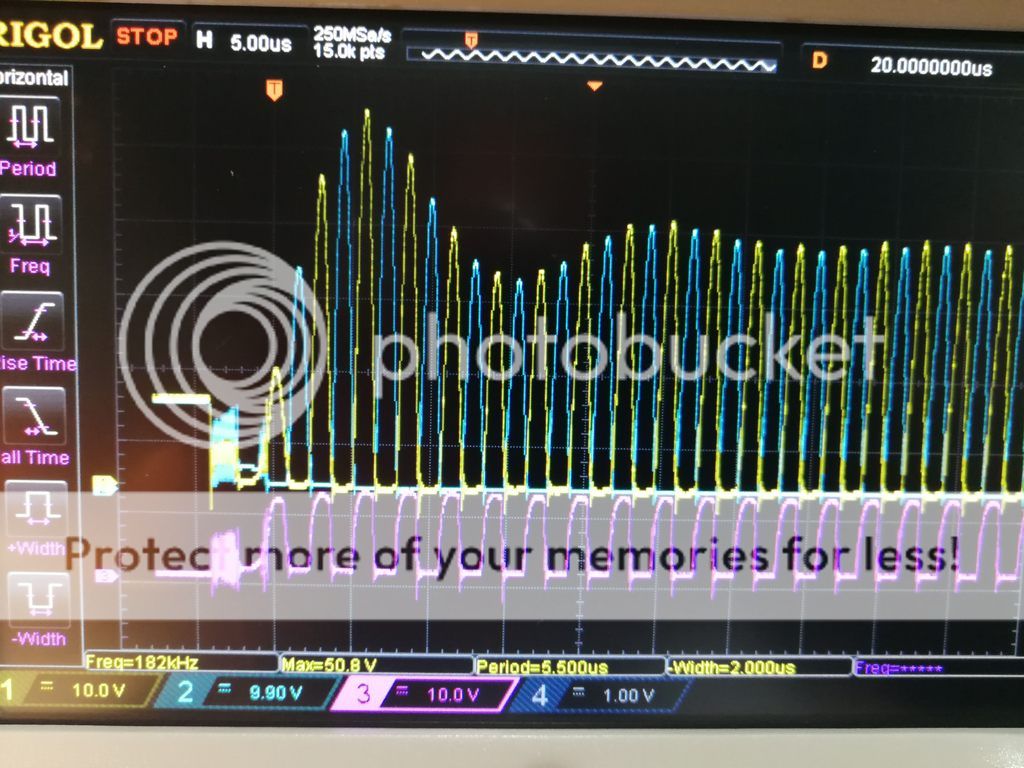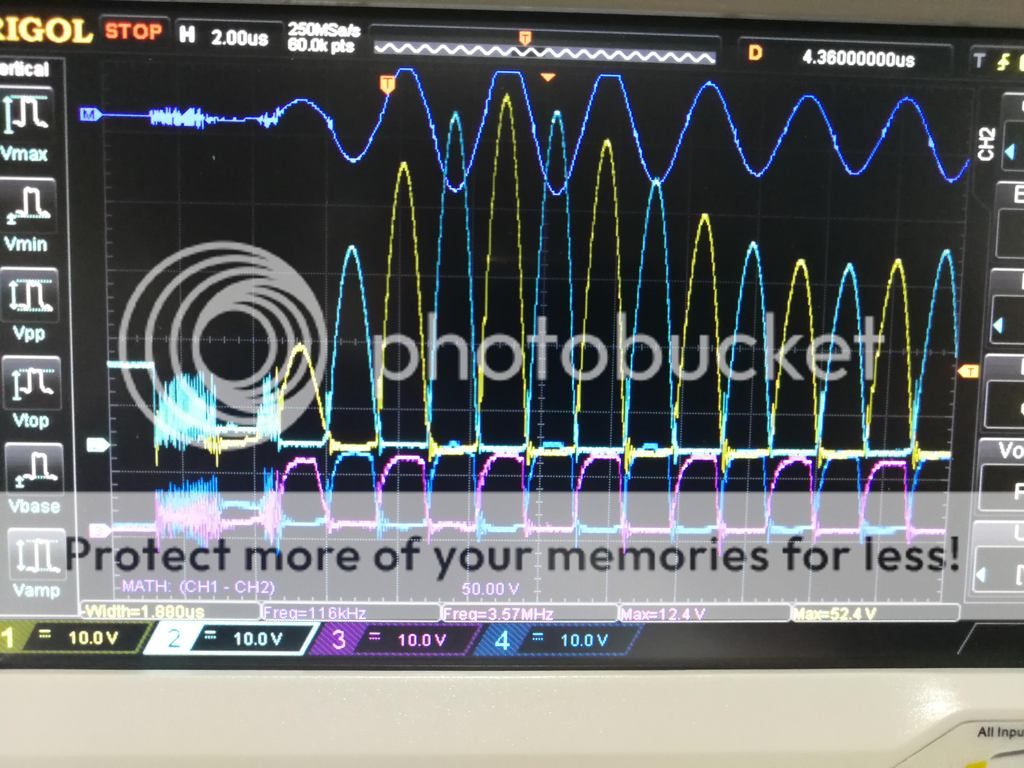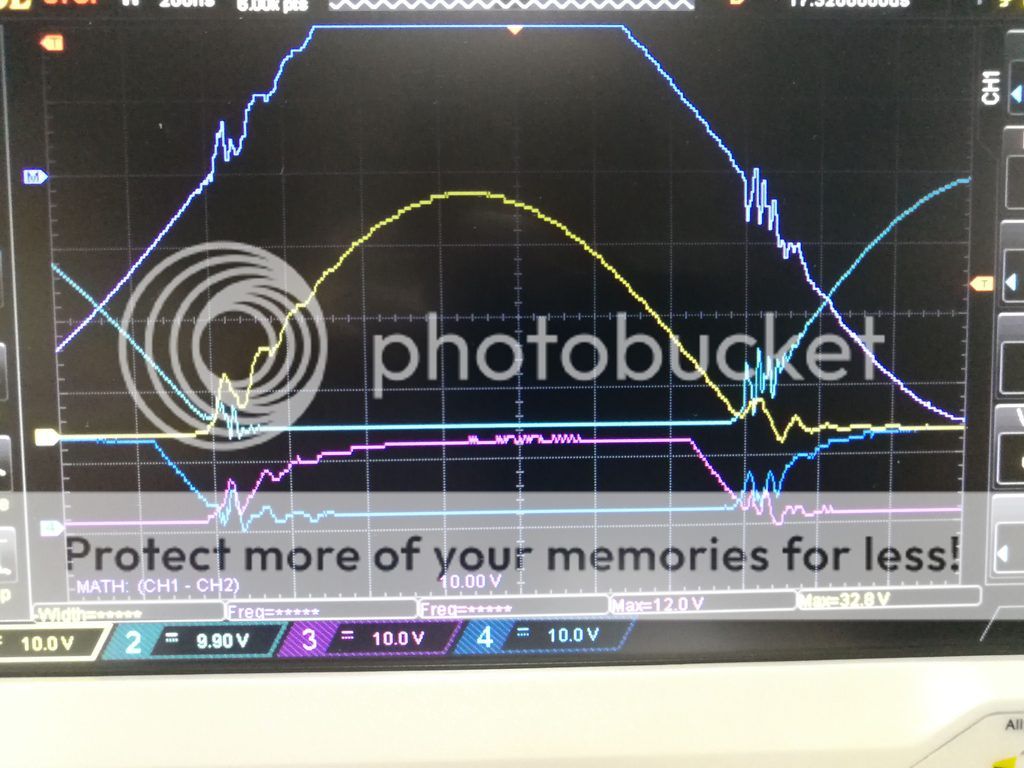Would anyone have any notion as to the differences between induction heating units........as in the ZVS low voltage heating units + the coil that everyone seems to use. I bought one a while ago from Amazon
(
https://www.amazon.co.uk/gp/product/B0749QKJ8M/ref=oh_aui_detailpage_o06_s02?ie=UTF8&psc=1 )
It is installed and has been working well without any bothers for about 3 months. Since then I bought two more heating units, to build IH's for some friends, neither of which seem to be working. I have redone my connections, swapped wires as well as mosfet switches etc. The two heaters I bought are these two
(
https://www.ebay.co.uk/itm/Pro-5V-12V-Low-Voltage-ZVS-Induction-Heating-Power-Supply-Module-Heater-Coil-PP/282998605381?ssPageName=STRK:MEBIDX:IT&_trksid=p2060353.m2749.l2649)
and
(
https://www.amazon.co.uk/gp/product/B01J7Q85DQ/ref=oh_aui_detailpage_o03_s00?ie=UTF8&psc=1 )
These three heaters seem to be identical, except for the numbers that appear on the attached pcb. The original says 'mini-V1.1RE', as does one of the others I bought, while the third says 'mini-028'.
Ok so, having said all that...... I have checked the voltages coming from the circuits that I wired into to install these. I am getting about 12.4v from all of them, with a solid red light on the mosfet until I install the heating units, then it drops to nothing. It appears to be a problem similar to when I plugged my original heater into a 12v 1.5a power supply. Obviously it didn't work. So I bought a 12v 6amp, and that is what I have been using. It seems the two newer heating units are behaving in a way similar to when I tried to run my original unit off a 1.5a brick, even though I have been plugging them into my 6amp brick.
So my question after all that............ is there a difference between these heating units, do they require something like 20 amps or something like that????? Can anyone then link me to a lock heating unit. One that is guaranteed to work with my 12v 6a power supply. I am prepared to rebuy, its just I want to make sure what I am buying will work........
Any help, any advice............. anything, is helpful. I don't know where else to turn to ask for assistance.
Thanks all






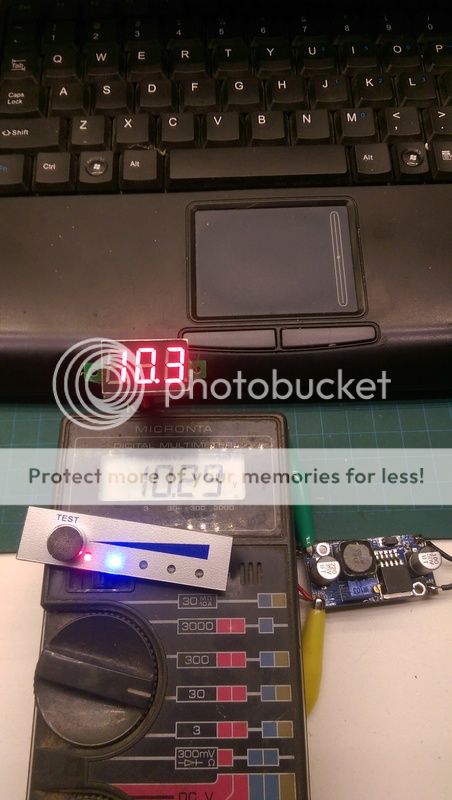
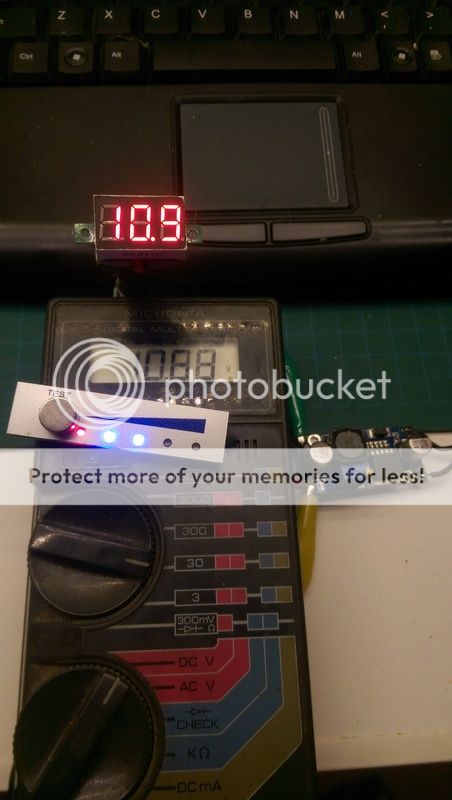
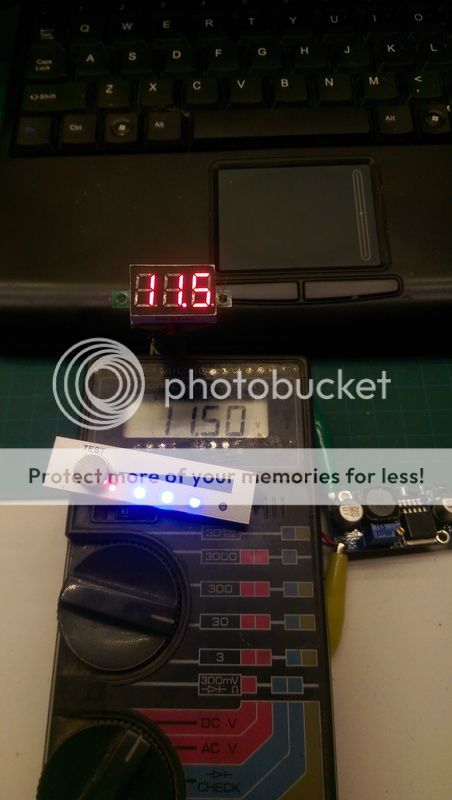
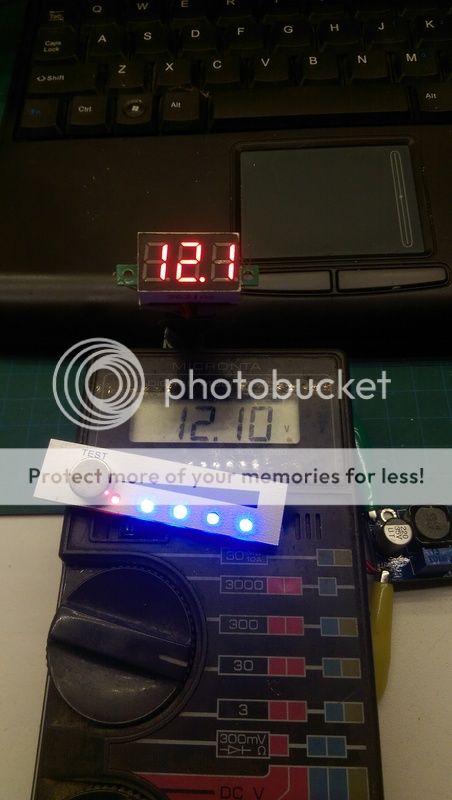
 got my paypal invoice sunday night
got my paypal invoice sunday night 


 . I sold the Little coils in the place that the old capacitor was before. I put the unit in my 10 Amps, 12 volt power unit… close my eyes hoping this thing did not explode ...and VOILA!!! it Works...and it woeks even better that my other unit.. I mean my dynavap did the click even one or two seconds earlier… Well I can do a really mini portable now… Thanks Pipes..thanks thanks
. I sold the Little coils in the place that the old capacitor was before. I put the unit in my 10 Amps, 12 volt power unit… close my eyes hoping this thing did not explode ...and VOILA!!! it Works...and it woeks even better that my other unit.. I mean my dynavap did the click even one or two seconds earlier… Well I can do a really mini portable now… Thanks Pipes..thanks thanks


